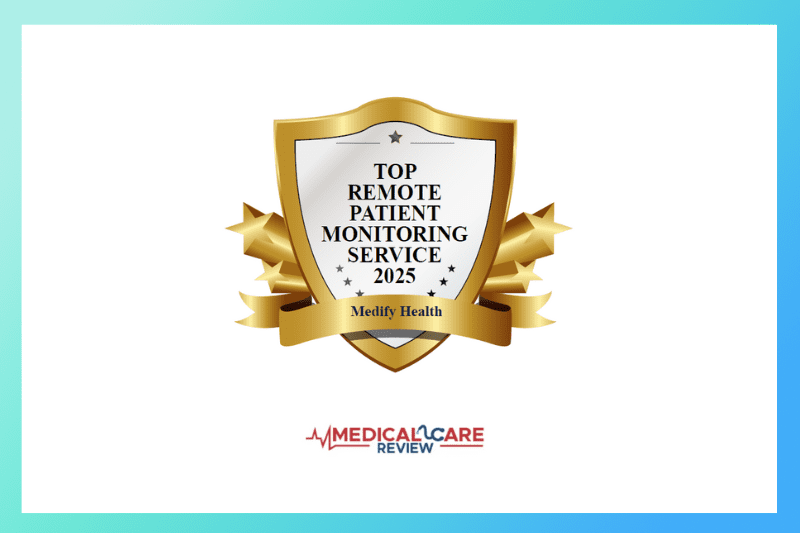
Introduction
Remote patient monitoring (RPM), the collection by patients of physiological measurements that are automatically sent to their healthcare practitioners, has been touted as a promising tool for improving chronic disease management. Interest in RPM has grown because of technological advancements, pandemic-related increases in virtual care, and expanded reimbursement.
Pros of Remote Patient Monitoring
RPM offers a comprehensive way to gather valuable clinical information, improve patient outcomes, and increase reimbursement for practices without adding to their workload. It is particularly beneficial for patients with chronic conditions such as diabetes, heart failure, hypertension, and chronic obstructive pulmonary disease (COPD). The most common use of general RPM services is with patients who have hypertension or diabetes.
RPM can provide a comprehensive view of a patient’s health over time, increase visibility into a patient’s adherence to treatment, and enable timely intervention before a costly care episode. Clinicians can strengthen their relationships with their patients by using the data sent via RPM to treat them effectively and engage in joint decision-making to foster better outcomes. RPM can minimize readmissions and decrease emergency department (ED) visits, while lowering the overall cost of care.
Cons of Remote Patient Monitoring
While medical practices believe that RPM is important to ensuring high-quality care, only about half are using it. RPM comes with unique obstacles, from reimbursement and billing challenges to technical glitches, device management, and patient adherence. Physicians get frustrated because patients don’t stay engaged with the program. Patients are resistant to continue monitoring without seeing value in doing so. Reimbursement for RPM services can create implementation obstacles. Medicare and other insurance agencies have specific requirements for patients to be eligible for an RPM program. For instance, certain conditions, such as heart failure, diabetes, and COPD, may qualify for reimbursement, while others don’t. There may not be adequate knowledge or resources readily available for healthcare providers to properly navigate these payer mandates.
Patient Engagement in Remote Patient Monitoring
Many remote monitoring activities focus on data collection. Of course, this data is important, but using the data to educate and support patients in lifestyle modification is key to patient engagement with these programs. RPM has been shown to have a significant long-term impact if the intervention includes multiple techniques for behavioral change. Meeting patients where they are and providing guidance to modify certain daily habits results in patients feeling cared for and satisfied. RPM provides a more heightened level of communication, involving patients in the discussion of cause and effect, as evidenced by the data, and provides a greater sense of control over their health. Delivering personalized health care and increasing patient engagement becomes easier using RPM because the data obtained provides guidance for conversations with patients. Alerts generated with monitoring allow for timely interventions that prevent otherwise costly health challenges for patients.
Benefits of Remote Patient Monitoring
Comprehensive remote patient monitoring programs can also increase value-based revenue streams by helping practices and health systems reduce costly emergency care, hospital admissions, and readmissions. Organizations involved in risk-based contracts report positive impacts after scaling their remote monitoring programs.
An efficient RPM program can also improve staff satisfaction, a critical priority for practices as staff burnout and shortages increase. By streamlining workflows and creating automation, RPM also improves the day-to-day experience for clinical staff.
Conclusion
Remote patient monitoring has the potential to revolutionize chronic disease management by providing valuable insights, improving patient outcomes, and increasing practice efficiency. However, patient engagement is crucial for the success of RPM programs. By addressing the challenges and focusing on patient education and support, healthcare providers can maximize the benefits of RPM, ultimately leading to better health outcomes and more satisfied patients.



